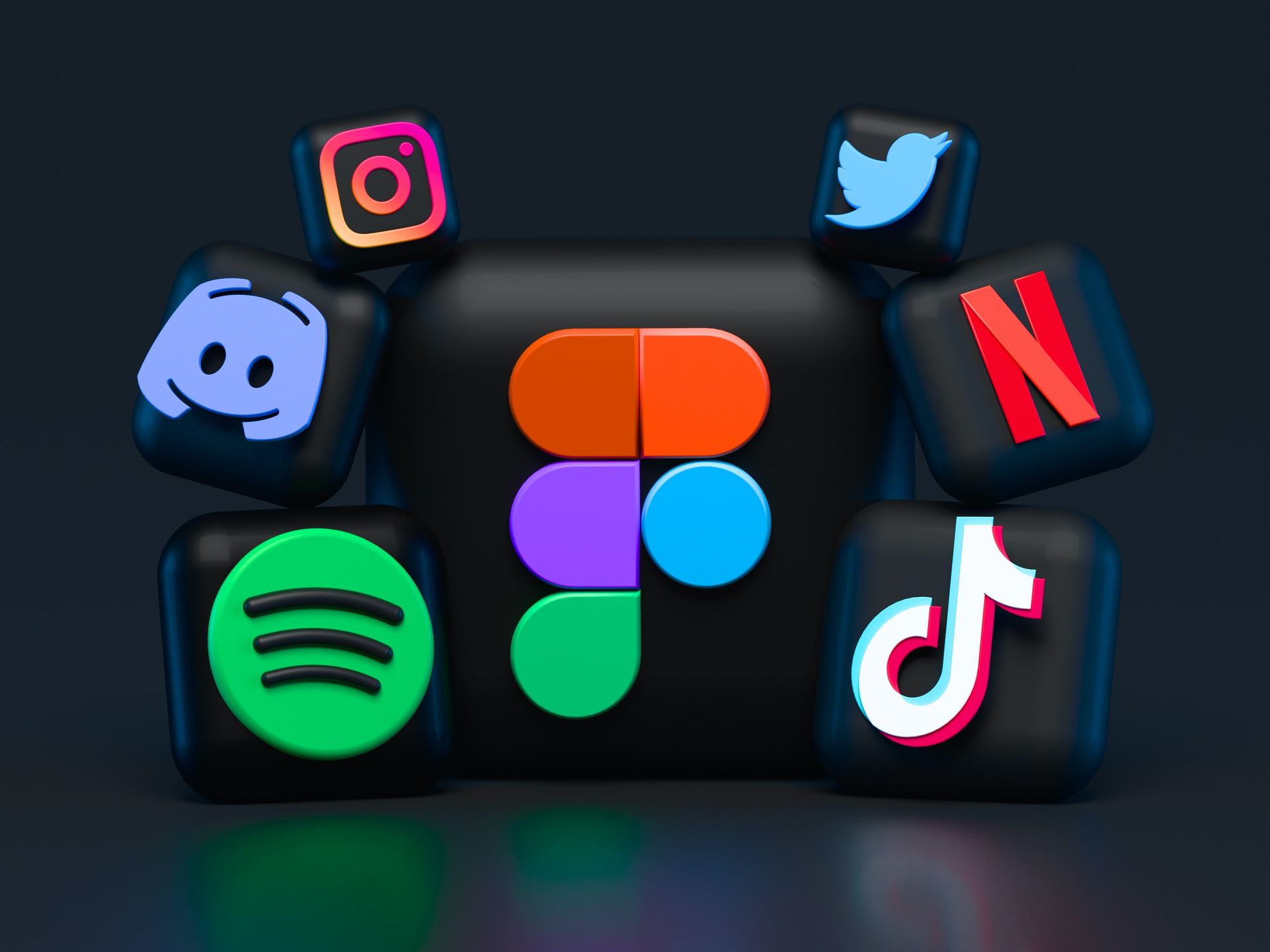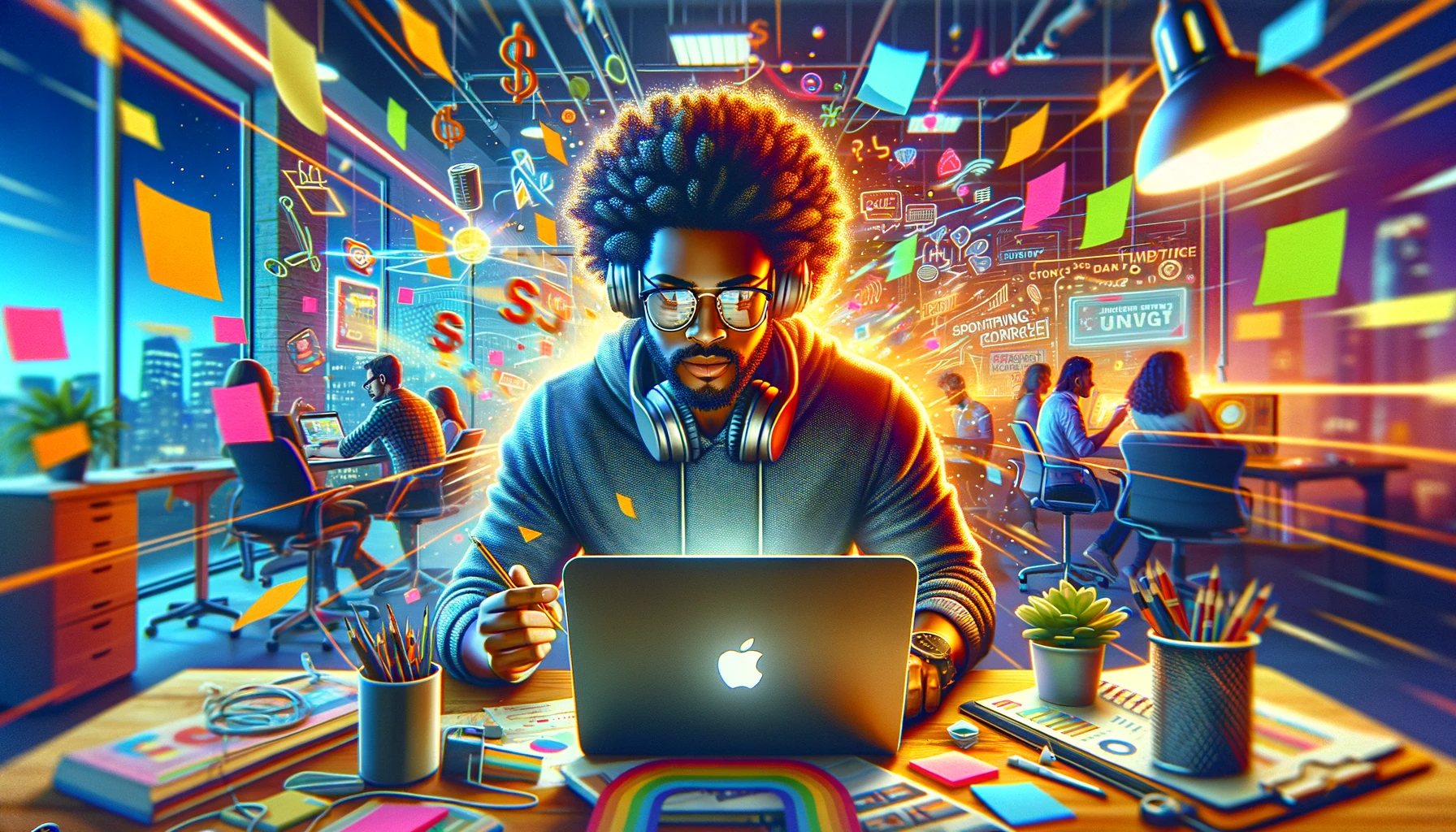How to Humanize Your AI-Generated Content for Better SEO
AI tools such as ChatGPT are fantastic for content generation . However, to rely solely on it is a big mistake as Google could well penalise your website if it detects AI generated content.
Humanizing AI-generated content is key to creating a strong connection with your audience and improving your SEO performance. In this article you will learn everything you need to know about how to “ un-ChatGPT ” your AI-generated content and maximise their SEO effectiveness whilst also benefit the reader.
Fact Check
As much as we love ChatGPT, it does have a tendency to “hallucinate” or generate information that isn’t always accurate. This is because it’s not connected to the internet and its responses are purely based on a vast dataset it was trained on, rather than real-time information or updates. Therefore, it’s essential to always fact check the ChatGPT facts! See what I did there? Don’t recon ChatGPT can do that…
In a marketing context, suppose ChatGPT suggests that 95% of Gen Z users prefer Instagram over other social media platforms. To authenticate this statement, you might consult reliable sources such as Pew Research Centre reports or Statista databases.
Another instance, while writing a blog post on the latest advancements in Python programming, ChatGPT mentioned a library that doesn’t exist in real life. To fact check this, you can use fact-checking tools like Google Scholar , JSTOR , or reliable industry-specific databases.
Cut the Fluff
ChatGPT often includes verbose or overly complex sentences that can distract or confuse the reader. You need to prune such content. For instance, instead of saying, “One might consider the probable conjecture that…” just say, “It’s likely that…” Tools like Hemingway Editor , Frase or Grammarly can help you streamline, simplify and refine your content.
Change the AI Content Structure
AI-generate content tends to follow a typical structure – introduction, body, conclusion. It can get monotonous pretty fast. Shake things up! Start with an anecdote or a startling statistic. Break the body into subsections or use bullet points. Close with a powerful call-to-action instead of a summary. Tools like Quillbot can help with paraphrasing and restructuring sentences.
Add in Links to External Sources
Providing external links not only backs up your claims but also improves your SEO . ChatGPT doesn’t generate these links, so it’s essential to manually add them. For instance, while writing about AI advancements, you can hyperlink to authoritative sources such as AI research papers, industry reports or articles from reputed technology sites.
Write in a More Human Tone and Evoke Emotions
The language of ChatGPT can sometimes come off as formal or academic. Lighten the mood. Use humour, idioms, or pop culture references. This can make your content more engaging and relatable to your audience. By adding emotional elements, your content can resonate more with your audience, creating a stronger connection and increasing engagement.
Want more proof? Research published in the Journal of Marketing Research found that advertisements with a strong emotional hook performed better than promotional content by a factor of two-to-one. Harvard Business Review showed emotionally connected customers buy more of your products, exhibit less price sensitivity, pay more attention to your communications, follow your advice, and recommend you more.
For instance, if you’re writing about cybersecurity, instead of saying, “Cybersecurity is vital in today’s digital world,” you could say, “In the words of Jon Snow from Game of Thrones , ‘ Winter is coming .’ And by winter, we mean potential cyber threats in this ever-evolving digital landscape.”
Add in Pictures and Video
Visual content enhances engagement, breaks the monotony, and aids in comprehension. If you’re discussing a complex concept like ‘neural networks in AI’, an explanatory video or a well-designed infographic can make a world of difference. You can use Canva or Piktochart for creating infographics, and Biteable or Animaker for videos.
Use Real World Examples
AI can pull data and insights from a broad range of sources. Use this to your advantage by including real-world examples and case studies to back up your points. This not only strengthens your argument but also makes your content more relatable. Look at Wendy’s , the fast-food chain, and its innovative use of Twitter. It’s known for its witty and often hilarious tweets with real-world connections. For example, in a recent Twitter post “I am suing our THREADS account ” got over 700K views in only a few days! Real-world examples plus a strong brand personality resonates perfectly with millennials and Gen Z.
Be Consistent
Whether it’s the tone, style, or format, consistency is key in content creation. Regularly review your AI-generated content to ensure it aligns with your overall content strategy and brand guidelines.
Use AI Responsibly
Like Uncle Ben from Spiderman said, “ With great power, comes great responsibility .” Don’t rely solely on AI for your content creation. Use it responsibly as a tool to augment your content strategy, but make sure to review and refine the content to ensure it aligns with your brand voice and resonates with your audience.
Other Tools to Your Rescue
To check if your “un-ChatGPT” process has been successful, here are some tools and methods come to your rescue:
1. Use Software to Analyse Textual Features:
Textual features (fluency, word frequency, punctuation, and sentence length) provide valuable insights into whether a text is machine-generated. As you may well know, AI-generated texts tend to have long sentences with a high number of commas – a pattern less common in human writing. Tools like TextRazor and Natural Language Toolkit (NLTK) are instrumental in performing these analyses. In a study by the Massachusetts Institute of Technology, it was found that statistical models could identify machine-generated text with approximately 65% accuracy just by analysing these textual features.
2. Use the AI Content Detector Tool by Copyleaks:
Copyleaks’ AI Content Detector uses advanced algorithms to determine the likelihood of a text being generated by AI. It looks for tell-tale signs in the text, such as too-perfect grammar and syntax, unusual vocabulary usage, and even the lack of typos or misspellings that humans naturally make. It has been found to be 95% accurate in differentiating AI content from human-generated text. There are also other useful tools including GLTR (Giant Language model Test Room) by the HarvardNLP group; and GPT-3 Detector by OpenAI .
3. Use GPTZero, an AI Text Analyzer Tool:
GPTZero examines two main features – perplexity and burstiness – to distinguish AI-generated text from human-written content. AI text typically has a lower perplexity score as it tends to follow predictable language patterns. ‘Burstiness’ refers to the phenomenon where certain words appear in rapid succession in a text, a common occurrence in AI-generated content. Combining these two metrics, GPTZero provides a comprehensive evaluation of text authenticity. GPTZero ‘s detection method has been shown to correctly identify AI-generated text in 90% of cases .
By using a combination of these tools and methods, content creators and validators can effectively distinguish AI-generated content from human-created text (although as AI technology advances, the detection process will need to continually adapt and improve as well, probably).
Conclusion
So, while ChatGPT is a powerful tool for drafting SEO content, it’s crucial to take these steps to ensure your content is not only accurate, SEO-optimized , but also engaging and appealing to your audience.
Remember, while AI can save you time and resources, it’s not a substitute for human touch . Strive for a balanced approach, using AI to handle heavy data lifting and provide insights, while relying on human intuition and creativity to craft engaging, emotion-evoking and personable content.
Enjoy the content? Please follow #Version28 for more or visit Version28 blog site !
The post How to Humanize Your AI-Generated Content for Better SEO first appeared on Version28.










